#Ancient Roman
Explore tagged Tumblr posts
Text



The Ancient Roman House of the Birds, named for its mosaic with 33 different bird species.
Italica, Spain
Dec. 2019
#italica#españa#spain#mosiac#ancient art#travel#original photography#photographers on tumblr#photography#lensblr#architecture#bird#ancient rome#ancient roman#roman architecture#ancient architecture#archaeology#wanderingjana
4K notes
·
View notes
Text

~ Helmet of Gladiator.
Date: A.D. 1st century
Medium: Bronze
#ancient#ancient art#history#museum#archeology#ancient history#archaeology#roman#ancient roman#ancient rome#Gladiator#armor#helmet#bronze#1st century
2K notes
·
View notes
Text



Ancient Roman sarcophagus depicting the myth of Selene and Endymion, 3rd Century CE.
Galleria Doria Pamphilj, Rome
Feb. 2024
#sarcophogus#ancient rome#ancient sculpture#ancient art#rome#roma#tomb#original photography#photography#taphophile#taphophilia#lensblr#photographers on tumblr#ancient roman#relief#museum#artifact#archaeology#ancient history#antiquity#wanderingjana
1K notes
·
View notes
Text

Ancient Roman (Nihon Systems - PSX - 1998)
1K notes
·
View notes
Text
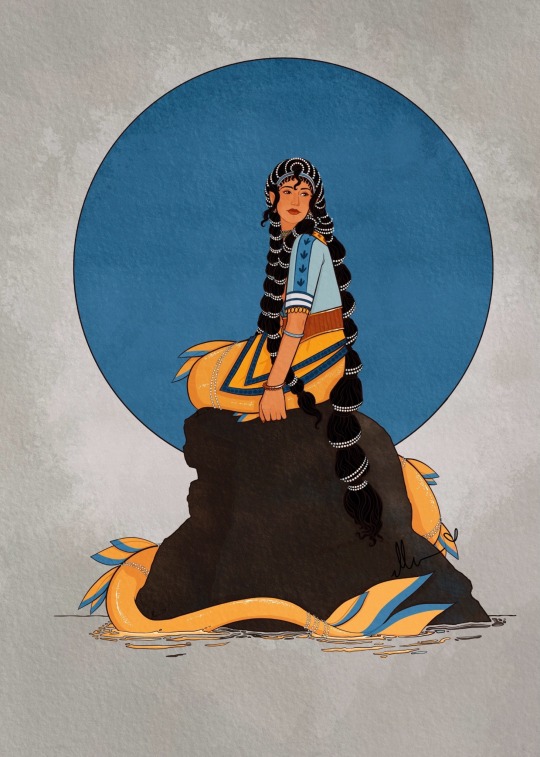
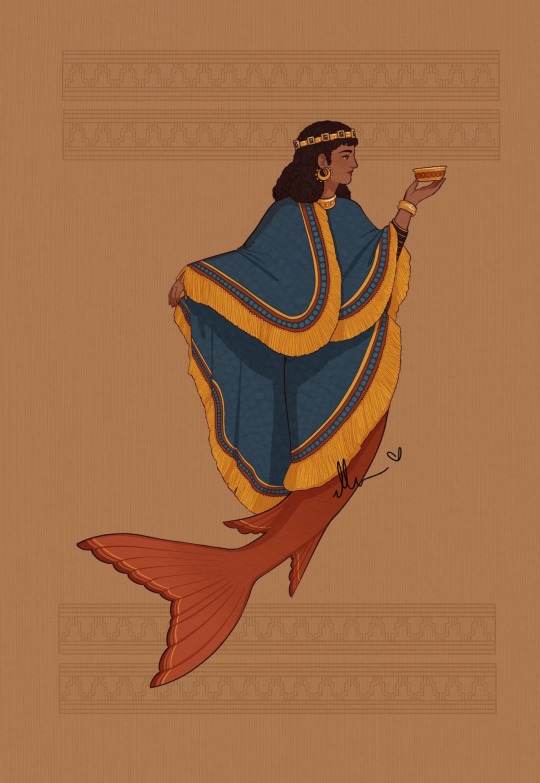

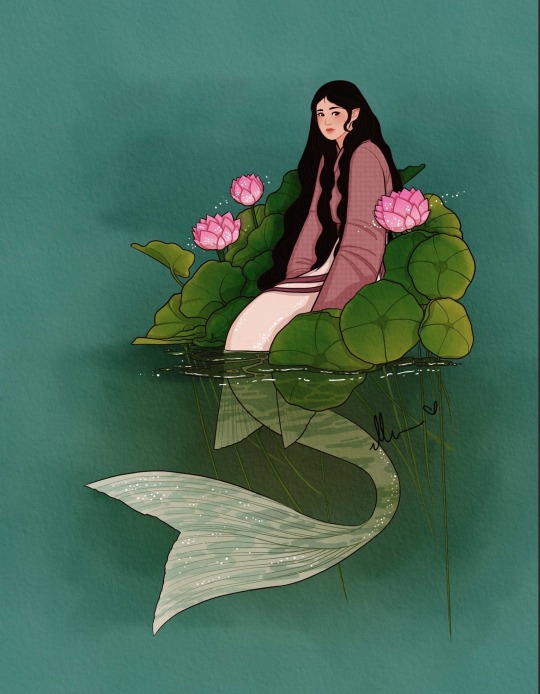
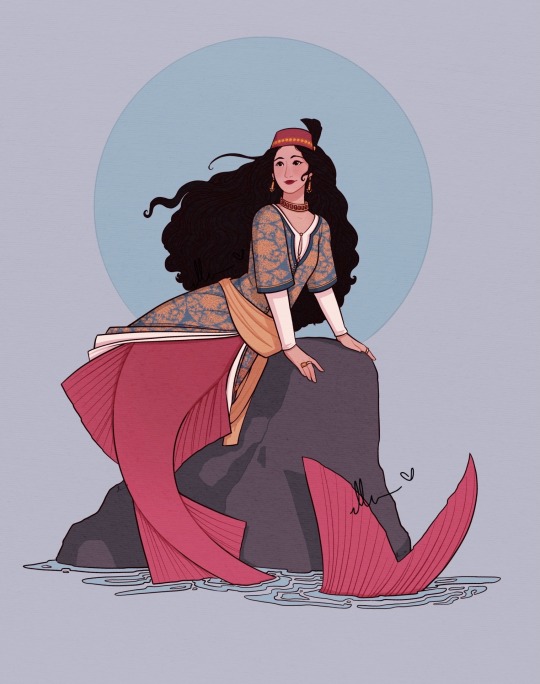
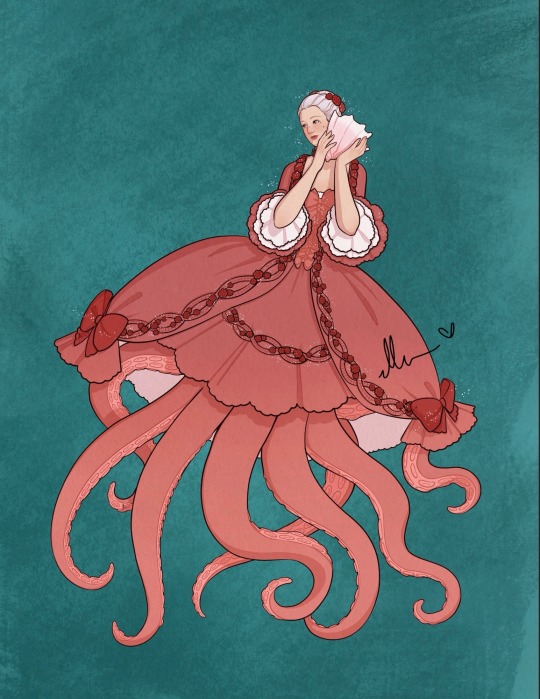
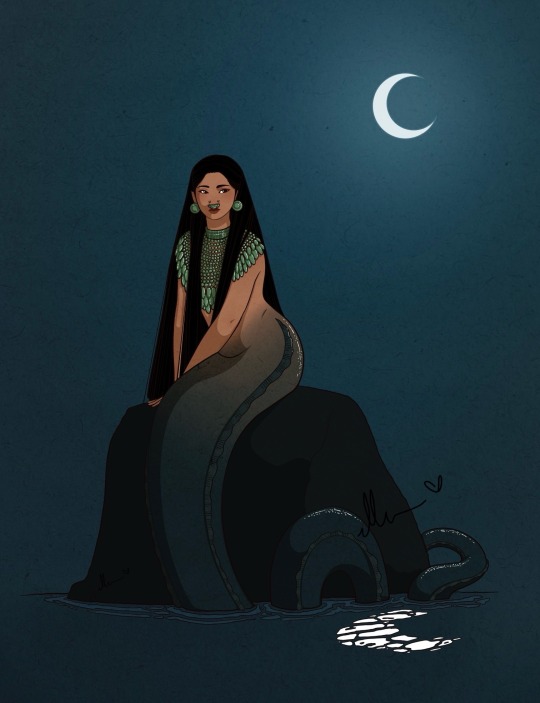
The seven new historical mermaids for Mermay 2024!
Here's the new set for Mermay 2024! What do you think? Which is your favorite? <3
I am the artist! Do not post without permission & credit! Thank you! Come visit me over on: instagram, tiktok or check out my coloring book available now \ („• ֊ •„) /
https://linktr.ee/ellen.artistic
#historical mermay#historical mermaid#mermaid#ellen artistic#ellenart#digital illustration#aztec#assyrian#rococo#ottoman mermaid#goryeo dynasty#ancient roman#minoan
2K notes
·
View notes
Text




Streets of Pompeii.
March 2024
#pompeii#pompei#pompei scavi#campagna#italia#italy#travel#original photography#photographers on tumblr#photography#lensblr#historical architecture#architecture#archaeology#archeology#antiquity#ancient history#wandering#urbanexploration#urban exploration#ancient rome#ancient roman#roman architecture#ancient architecture#wanderingjana
446 notes
·
View notes
Text

Mosaic flooring from a Roman villa in Roggiano Gravina (1st-2nd century) at the archeological museum in Sibari, Calabria, Italy
Photo by Karen Haid
Follow us on Instagram, @calabria_mediterranea
#roggiano gravina#sibari#calabria#italy#italia#south italy#southern italy#mediterranean#history#art#mosaic#mosaics#ancient#ancient history#ancient roman#roman#roman villa#italian#europe#ancient art#roman art
359 notes
·
View notes
Text
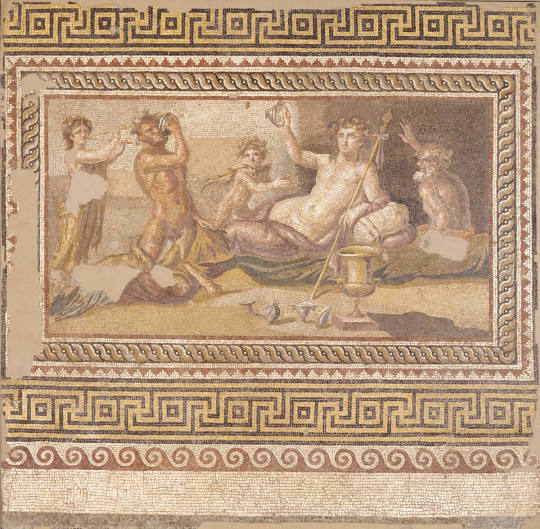
Heracles and Dionysus Drinking contest (Early 2nd AD century, Antioch, Imperial Roman mosaic)
This mosaic from an Atrium House in Antioch depicts a funny small story known in classical art as a drinking contest between Heracles (Hercules) and Dionysus (Bacchus). According to the story, Heracles challenges Dionysus in a drinking contest and of course loses. The result of their contest seems to be an anecdotal story that he joins his Thiasus for a short while.
In this mosaic we can spot Heracles naked and kneeling while chugging down from his cup (the lion mane and club resting before his knees). To the far left we can detect the figure of a double-flute playing menad while we see Dionysus casually resting upon pillows, holding a thyrsus/spear to his hand and showing his own empty cup to Heracles while being surrounded by the satyr Silenus (far right) and his cup-bearer, the little satyriscus to the center. One can also detect the golden-colored crater in the middle.
The parallels between the two figures seem to be incredible:
Both are sons of Zeus and both are arguably the youngest of their classes (Dionysus is the youngest god of the Olympians born by Zeus and Heracles according to some roman sources is the last demi-god from the last mortal lover Zeus takes)
Both are born by a mortal woman (Alcmene and Semele respectably)
Both have been induced in madness by Hera (Dionysus repeatedly while Heracles was turned mad and threw his children with Megara in the fire), and continusly targeted by the wrath of the goddess
Both become divine just in different ways (Dionysus is established as one of the 12 gods of Olympus while Heracles becomes a god post-mortem)
Both seem associated with Elysian mysteries
Both are associated one way or another with theater or role-playing (Dionysus being the god of theater among others while Heracles had at some point dress as a woman while living with Omphale)
One is associated with strength and power (Heracles) while the other is associated with art but also Madness (Dionysus)
Both are associated with the youth (Heracles for his war achievements while Dionysus is also portrayed as a youth many times)
Dionysus according to some myths is married to a god-made woman (Ariadne) while god-made Heracles marries a goddess (Hebe)
Both figures travel to the underworld (Heracles during his 12 labors when he goes to take Cerberus while Dionysus according to orphic traditions as Zagreus descends to the underworld to come back out as Dionysus through Semele)
Consequently to above, both figures suffered a painful death (Dionysus as Zagreus being torn to pieces and/or eaten by Titans, Heracles poisoned by Hydra's poison in Nessus's blood through his marital chiton and consequently burnt)
Both figures have been iconically depicted in association with a wild animal (Heracles wearing a lion skin, Dionysus either riding or wearing a leopard)
Both figures have myths that associate them with non-human creatures (Heracles having good time with the Centaurs, Dionysus being followed by Satyrs)
I find it interesting how we do not have more art or talk about these two iconic mythological figures!
#greek mythology#tagamemnon#heracles#hercules#dionysus#dionysos#bacchus#greek gods#ancient greek gods#ancient roman#archeology#mosaics#roman mosaics#hebe#ariadne#dionysus and ariadne#heracles and hebe#classical greek art#heracles and dionysus#hera#zeus#alcmene#semele#megara#ancient greek art#ancient greece
217 notes
·
View notes
Text
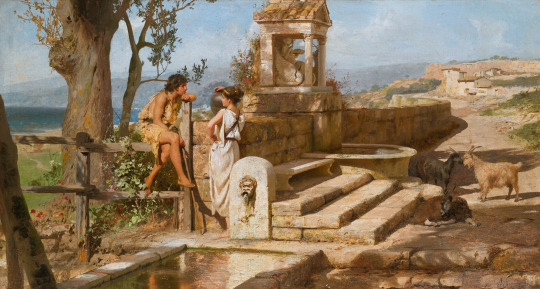
Conversation by the Spring by Henryk Siemiradzki
#henryk siemiradzki#art#spring#water#landscape#architecture#antiquity#classical#classical antiquity#animals#goat#goats#italy#rome#greece#ancient roman#ancient rome#ancient greece#europe#ancient greek#european#mediterranean
588 notes
·
View notes
Text
Santa Maria Maggiore

#Santa Maria Maggiore#Basilica of Saint Mary Major#Piazza dell'Esquilino#Cloudy Sky#Ancient Roman#Romanesque#Architecture#Baroque#Statue#Angel#Sculpture#Esquilino#Rome#Italy
105 notes
·
View notes
Text


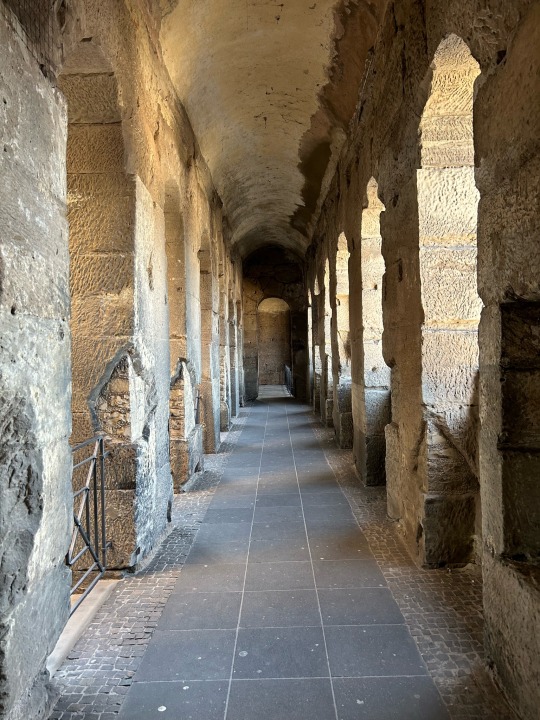



Porta Nigra (Black Gate), ancient Roman later turned into a church, which was mostly removed from the original gate. But a lot of the church decorations still survive.
Trier, Germany
March 9, 2025
#porta nigra#Germany#deutschland#travel#original photography#photographers on tumblr#photography#lensblr#architecture#urbanexploration#wandering#Ancient Rome#ancient Roman#roman empire#roman architecture#archaeology#wanderingjana
574 notes
·
View notes
Text




~ Oracle statue of Aphrodite Arsinoe II.
Period: Hadrian; Greco-Roman Period
Place of origin: Egypt
Medium: Dolomite
#ancient#ancient art#history#museum#archeology#ancient egypt#ancient sculpture#ancient history#roman#archaeology#egypt#egyptology#Egyptian#ancient roman#oracle#aphrodite#Aphrodite Arsinoe II#hadrian#Greco-Roman#dolomite
1K notes
·
View notes
Text

Ancient Roman urn for cremated remains. 1st century
Found near Caserta, Italy
Currently in the National Archaeolgical Museum in Naples.
#urn#cremation#ancient rome#ancient roman#ancient art#tomb#original photography#photography#taphophile#taphophilia#lensblr#photographers on tumblr#artifacts#ancient history#archaeology#antiquities#roman#naples#napoli#italy#italia#wanderingjana
265 notes
·
View notes
Text

Ancient Roman (Nihon Systems - PSX - 1998)
331 notes
·
View notes
Text













Casa dei Duo Atri, Herculaneum + details.
Original photography by me. You are always encouraged to reblog, but most respectfully, please do not save and repost without linking to this post and/or blog. Thank you :)
#ancientprettythings#ancient rome#original photography#ancient roman#ancient art#herculaneum#ancient interiors#ancient fresco#atrium#casa dei duo atri
87 notes
·
View notes
Text

Mosaic covered alcove.
Mausoleum of Galla Placidia. 5th century
Ravenna
Jan 2017
#Mausoleum of Galla Placidia#mosaic#late antiquity#ancient rome#ancient roman#roman architecture#original photography#italy#italia#ravenna#photography#travel#photographers on tumblr#lensblr#architecture#historical architecture#church#mausoleum#ancient art#early christianity#religious architecture#religious art#religious imagery#wanderingjana
454 notes
·
View notes